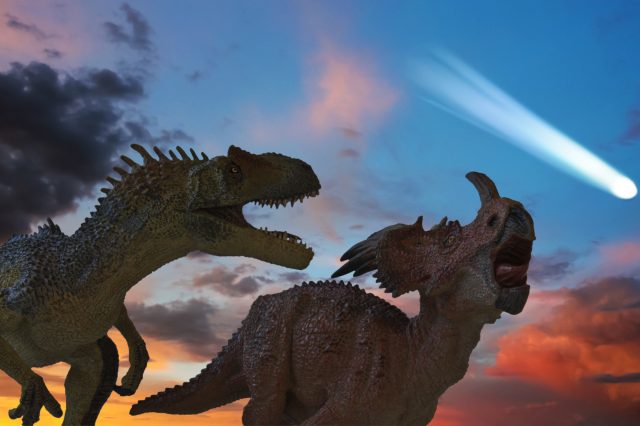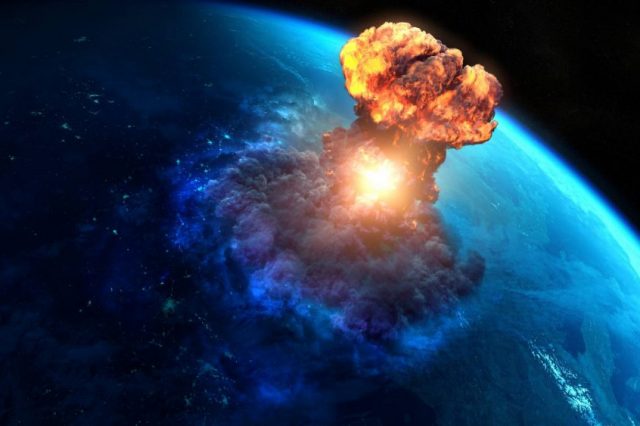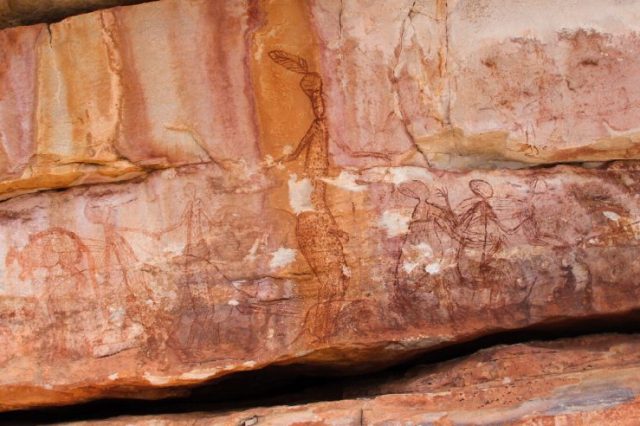The massive space rock is believed to have impacted Earth around 2.2 billion years ago, when Earth was in a prehistoric ice age, and the entire planet was engulfed by ice.
About 2.2 billion years ago, a massive space rock collided against our planet, leaving a gigantic scar.
Around 200 million years older than any other site on the planet’s surface, the so-called Yarrabubba impact structure is located in Australia.
Although the impact site is the oldest found to date, finding it was not easy.
Due to tectonic activity and erosion, our planet’s surface is continually changing, making it very difficult to date ancient impact craters.
This is precisely the case with the 70 km-wide Yarrabubba crater in Western Australia, which lacked an exact age but was nonetheless considered one of the oldest on our planet.
In a study published on January 21 in Nature Communications, the researchers revealed studying the massive impact site. Although not much of it is visible today, what lies inside it holds invaluable information about the crater and its age. At the center of the impact, the crater is a small, red hill dubbed Barlangi Hill.
“[Barlangi Hill] has been interpreted as an impact-generated melt rock,” the researchers wrote in the study.
The researchers analyzed minerals crystallized by the impact. To obtain the exact age, they performed an isotopic analysis to understand the chemical reactions of the zircon and monazite minerals.
The impact crater

Consequently, using a uranium-lead dating technique, the scientists discovered that the Yarrabubba impact crater is 200 million years older than the next oldest recognized impact crater, the Vredefort crater in South Africa.
If the impact crater’s dating is accurate, it means that the collision of the massive space rocks coincided with the end of a prehistoric ice age when most of our planet was frozen.
The researchers created many models that allowed them to study the possible effects of a massive asteroid impact, the potential effects on an ice sheet, and how it would modify the planet’s climate.
If an asteroid impacted a continent’s ice sheet, it likely kicked up massive amounts of rock, ash, and dust, similar to a volcanic eruption.
Computer simulations have shown an impact like that would have spread between 87 trillion and 5,000 trillion kilograms of water vapor into the planet’s atmosphere. This most likely caused the ice sheet to melt since water is an efficient greenhouse gas.
“If the impact occurred into an ice sheet then it would release lots of water vapor, which is an even more efficient greenhouse gas than carbon dioxide,” lead study author Timmons Erickson, of NASA’s Johnson Space Center, explained in an interview with the AFP.
“That, in turn, may result in warming of the planet.”
However, the above is just one possible scenario, and the exact conditions are still heatedly debated.
Whatever the case, impact craters like Yarrabubba are of great importance to scientists, offering valuable data and insight into what our planet looked like billions of years ago.
Join the discussion and participate in awesome giveaways in our mobile Telegram group. Join Curiosmos on Telegram Today. t.me/Curiosmos





